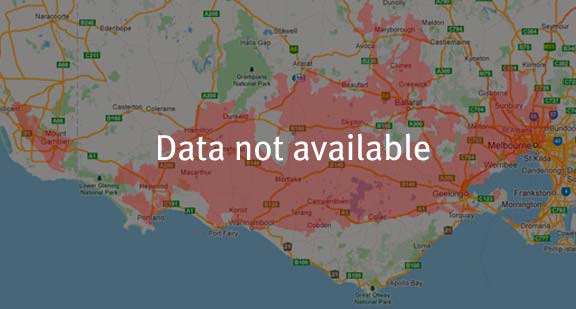A range of teacher professional learning programs will be developed to accompany the Biodiversity of the Western Volcanic Plains online outreach...

Spur-throated Locust
Austracris guttulosa
This species has a one year life cycle. Eggs are laid in the soil. Nymphs hatch from November through to February. Immature adults are found in autumn and winter.
| Details | Description |
| Type | Invertebrate |
| Group | Insect - Locust |
| Identifying Characteristics | |
| Distinctive Markings | Larger than other locusts. They possess a spur between the front legs. |
| Diet | Herbivore. Mainly grasses but also other plants, in particular Sorghum, Sunflowers and Soybeans. |
| Habitat | During winter, adults spend most of their time roosting in trees along water systems or in woodland adjacent to crops or grasslands. |
| Native Status | Native to Australia |
| Taxonomy | |
| Phylum | Arthropoda |
| Class | Insecta |
| Order | Orthoptera |
| Family | Acrididae |
| Genus | Austracris |
| Species | guttulosa |

Distribution maps indicate current and historic locations where species have been sighted.
Source: Atlas of Living Australia
| Conservation Status | |
| DEPI Advisory List | Not listed |
| FFG Act | Not listed |
| EPBC Act | Not listed |
The conservation status of species is listed within Victoria and Australia.
The Department of Environment and Primary Industry (DEPI) Advisory List consists of non-statutory advisory lists of rare or threatened flora and fauna within Victoria.
The Flora and Fauna Guarantee Act 1988 (FFG Act) lists threatened species in Victoria. Under the Act, an Action Statement is produced for each listed species.
The Environment Protection and Biodiversity Conservation Act 1999 (EPBC Act) is the Australian Government’s key piece of environmental legislation, listing nationally threatened native species and ecological communities.



